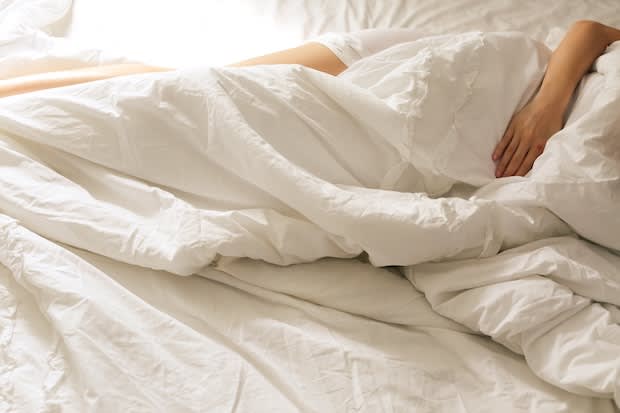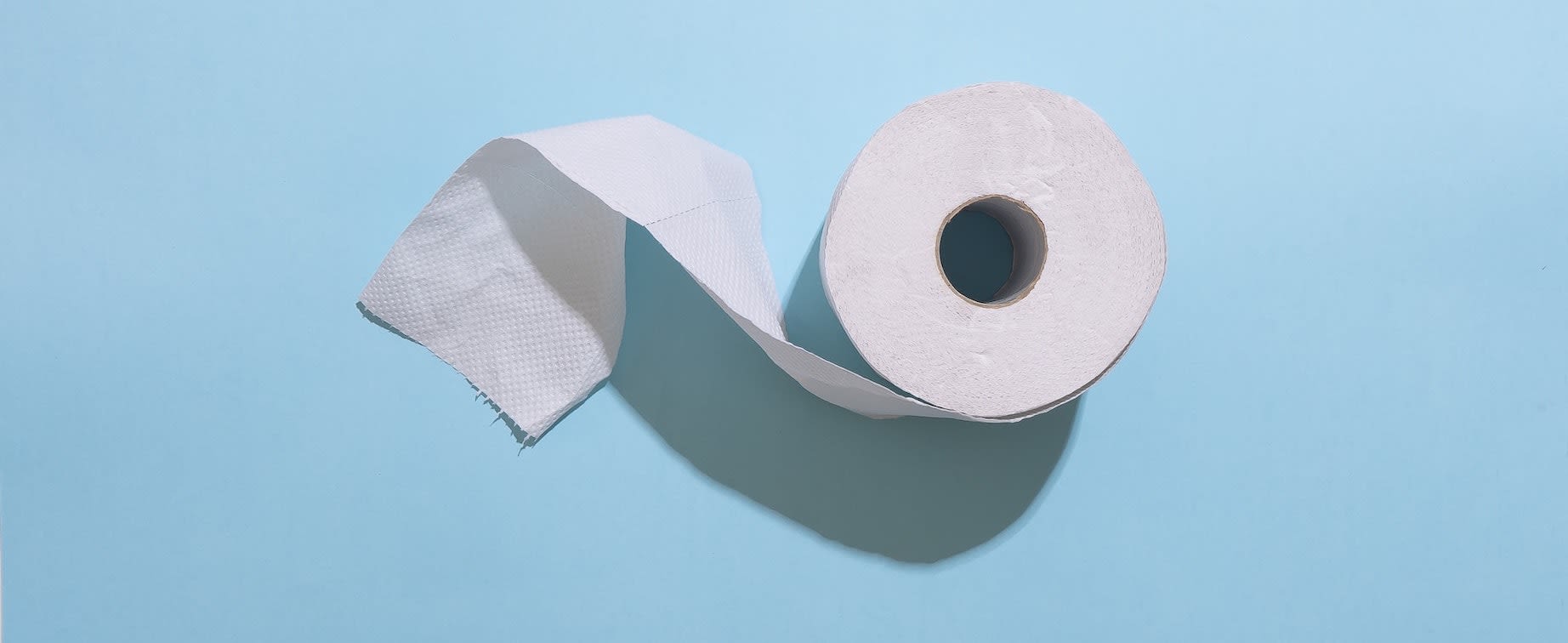Table of Contents
I. How Does the Bladder Function?
II. Why Do Bladder Problems Occur?
III. Understanding Urinary Tract Infections
IV. Bladder Inflammation (Cystitis)
V. Overactive Bladder Overview
VI. Antibiotics and Bladder Disorders
How Does the Bladder Function?
The majority of us do not give much thought to the process of the urinary system. All of us use it several times a day, but it quickly becomes clear when the urinary tract malfunctions somehow. Before we dive into the problems that may affect this system, it is essential to understand how this part of the body functions.
The bladder is a muscular sac that holds urine. Urine is created in the kidneys and travels down tubes (ureters) into the bladder. The bladder is lined with muscular tissue that stretches and shrinks, depending on how much urine is in the bladder. The bladder muscles squeeze when you need to urinate, and valves open to allow urine to flow out of the body. Urine flows out of the urethra, which looks different in men and women. The urethra in men passes through the penis, so it is around eight inches in length. The urethra is about one inch and a half in women. [1]
Because the bladder is made of several intricate parts, many conditions may occur throughout a person’s life. Most commonly, people may experience urinary tract infections, cystitis, or overactive bladder syndrome. Your doctor may prescribe medications like Macrobid (nitrofurantoin), Monurol (fosfomycin), Keflex (cephalexin), Detrol (tolterodine), and Toviaz. Learn about the signs and symptoms of these bladder conditions below. As we age, the muscles of the bladder may weaken. This can make it more difficult to hold in urine and lead to unpleasant leakage problems. Age is one factor, but bladder issues may occur to men and women at certain points in life. Pregnancy, childbirth, and menopause can trigger bladder problems in women, whereas prostate problems often accompany bladder issues in men. Some people are born with urinary abnormalities, which can lead to chronic urinary problems throughout their life. You are more likely to have certain urinary issues if a family member also has the same disorder. Several health problems like diabetes, obesity, smoking-related illnesses, and chronic constipation can also result in bladder problems. [2] Urinary tract infections (UTIs) are very common. This infection can affect any part of the urinary system, including your kidneys, ureters, bladder, and urethra. Most UTIs involve the lower part of the urinary tract (bladder and urethra). UTIs can remedy themselves in some cases, but you may need antibiotics to clear up any lingering symptoms. Some people have found that they are more prone to several UTIs a year, while others may never experience one. [3] Around 60 percent of women and 12 percent of men will have a UTI in their lifetime. [4] When bacteria enter the urinary system, it can wreak havoc on the bladder or ureters and cause several unpleasant symptoms, including: Interstitial cystitis is a condition that leads to an inflamed or irritated bladder. In some cases, a urinary tract infection can lead to cystitis if left untreated. This occurs when bacteria enter the body and cause an imbalance, causing infection. The E. coli bacteria causes most cases. In other cases, cystitis is caused by certain medications and hygiene products. Cystitis may become chronic and lead to scarring and stiffening of the bladder. Acute cystitis occurs suddenly and can be treated quickly with antibiotics. Other types of cystitis include: Symptoms of bladder cystitis may include: Overactive bladder (OAB) results in a sudden and frequent urge to urinate. OAB can be caused by a multitude of reasons and disrupt a person’s everyday activities. You may be experiencing an overactive bladder if you have the following symptoms: When the bladder is working correctly, nerve signals go to the brain to inform the body that the bladder is full. Then the muscles of the bladder contract and push the urine out. In the case of OAB, the bladder muscles contract involuntarily even when the bladder is not full, causing an urge to urinate. Older menopausal women are more likely to experience OAB due to hormonal changes. Other causes of OAB can include: The majority of bladder disorders are caused by bacteria entering the urinary system. The urinary tract is designed to keep bacteria out, but sometimes it fails. Urinary tract infections usually occur first and may lead to other bladder problems. Women are more likely to experience UTIs because the female urethra is closer to fecal bacteria than men. [3] Macrobid (nitrofurantoin), Monurol (fosfomycin), Keflex (cephalexin) are all medications used to clear up infections in the bladder. These drugs work by stopping bacterial growth in the body and allowing urine to exit without unpleasant sensations or symptoms. If you notice symptoms of OAB or a UTI, you may want to seek the help of your doctor. It helps to treat infections quickly so that the bacteria do not spread to the kidneys or other organs. [7] Medications like Detrol (tolterodine) and Toviaz work differently on the urinary system. Both of these drugs work to relax the bladder’s muscles and improve your ability to control urination. This reduces bladder leakage accidents and improves everyday life. Your doctor will determine the right bladder treatment for you. [8] The content in this article is intended for informational purposes only. This website does not provide medical advice. In all circumstances, you should always seek the advice of your physician and/or other qualified health professionals(s) for drug, medical condition, or treatment advice. The content provided on this website is not a substitute for professional medical advice, diagnosis, or treatment.
Why Do Bladder Problems Occur?
Understanding Urinary Tract Infections

Bladder Inflammation (Cystitis)
Overactive Bladder Overview

Antibiotics and Bladder Disorders
